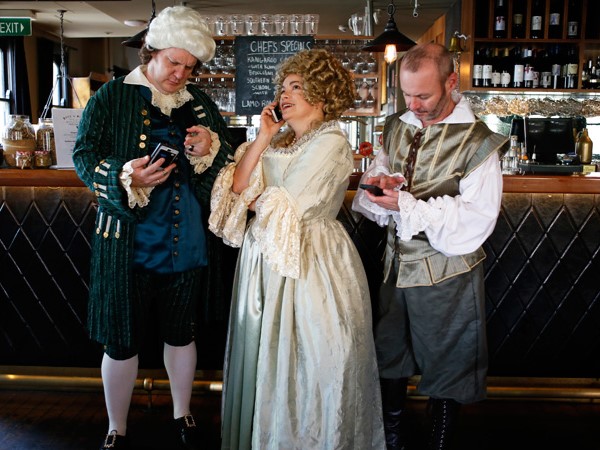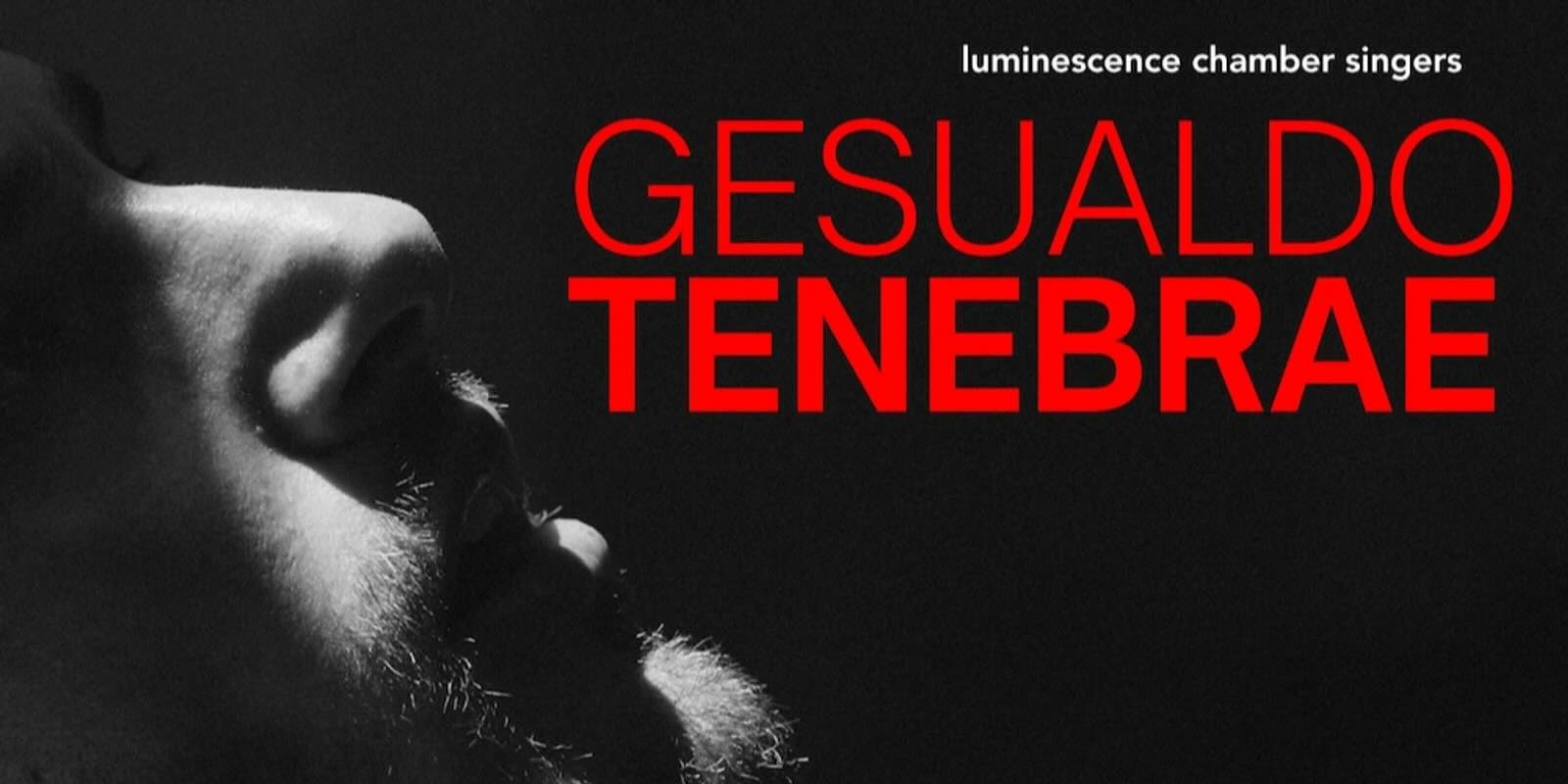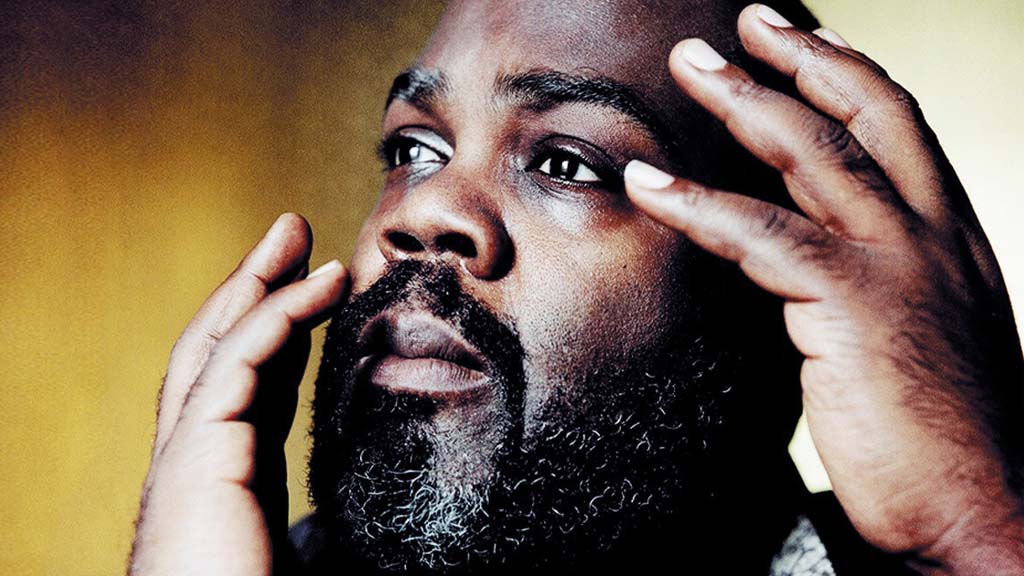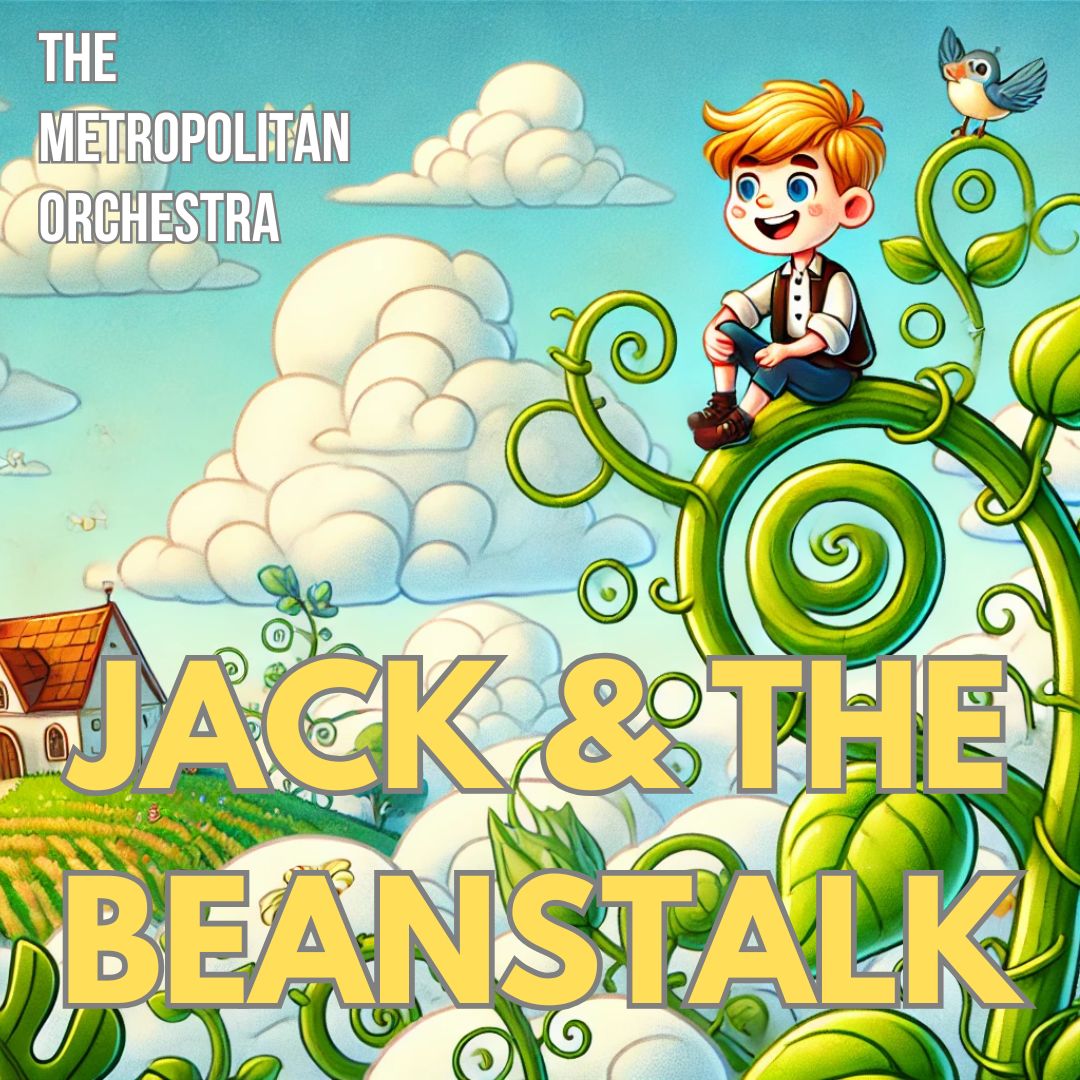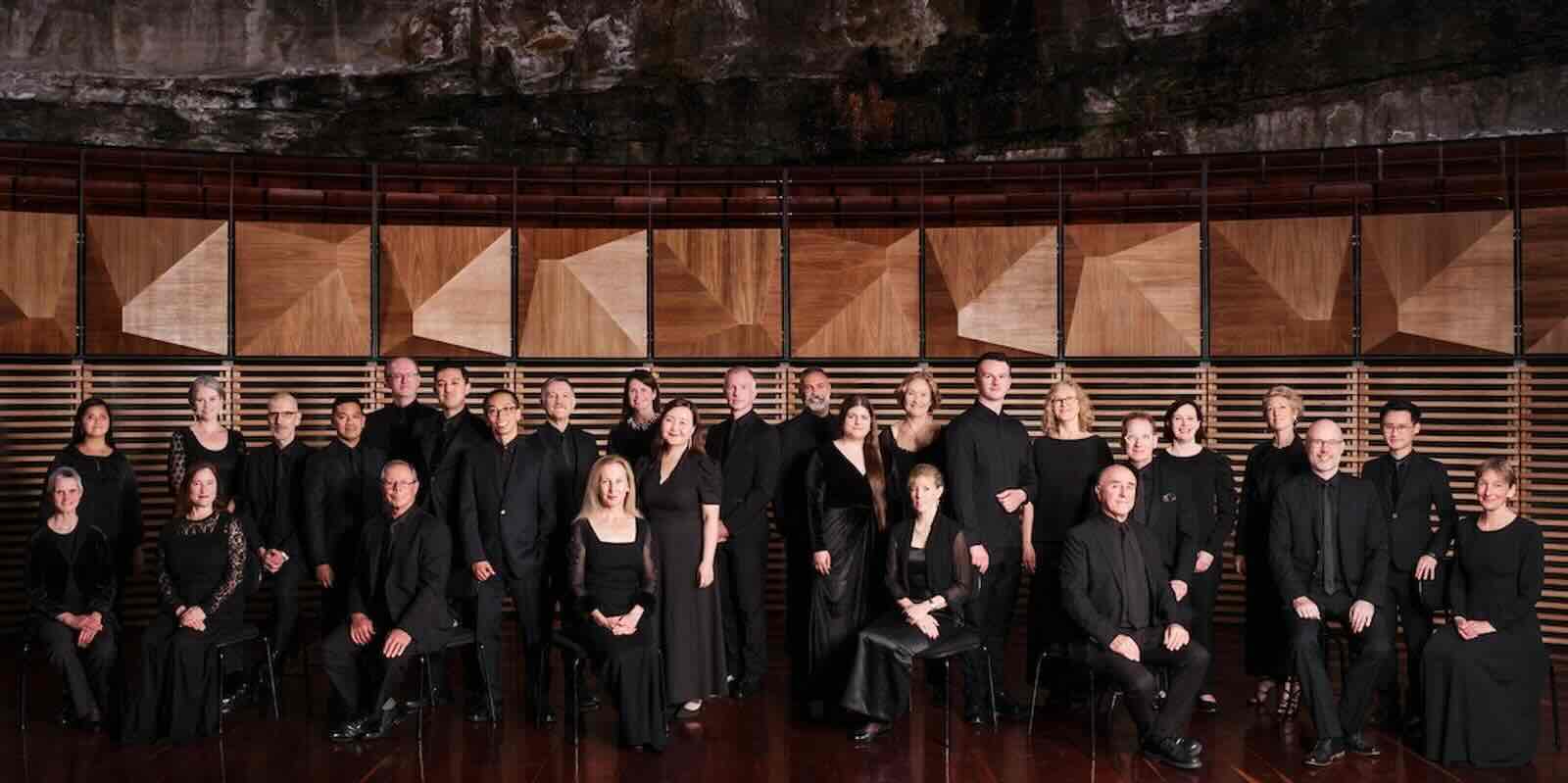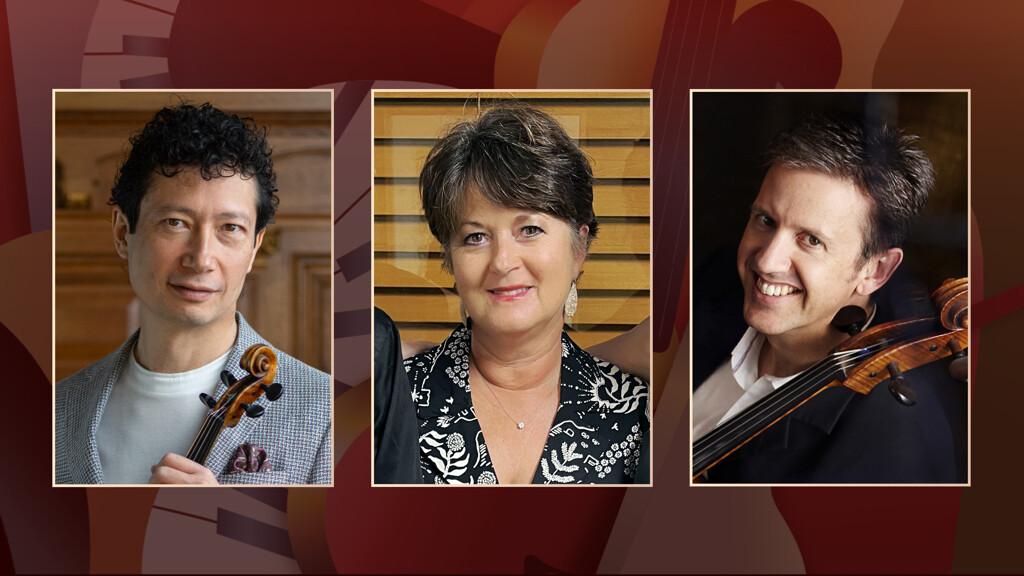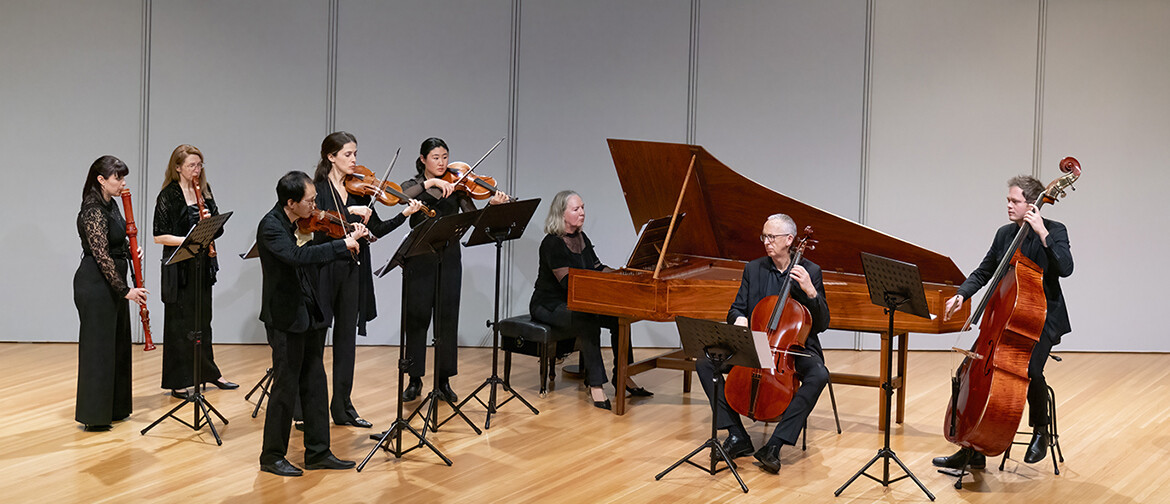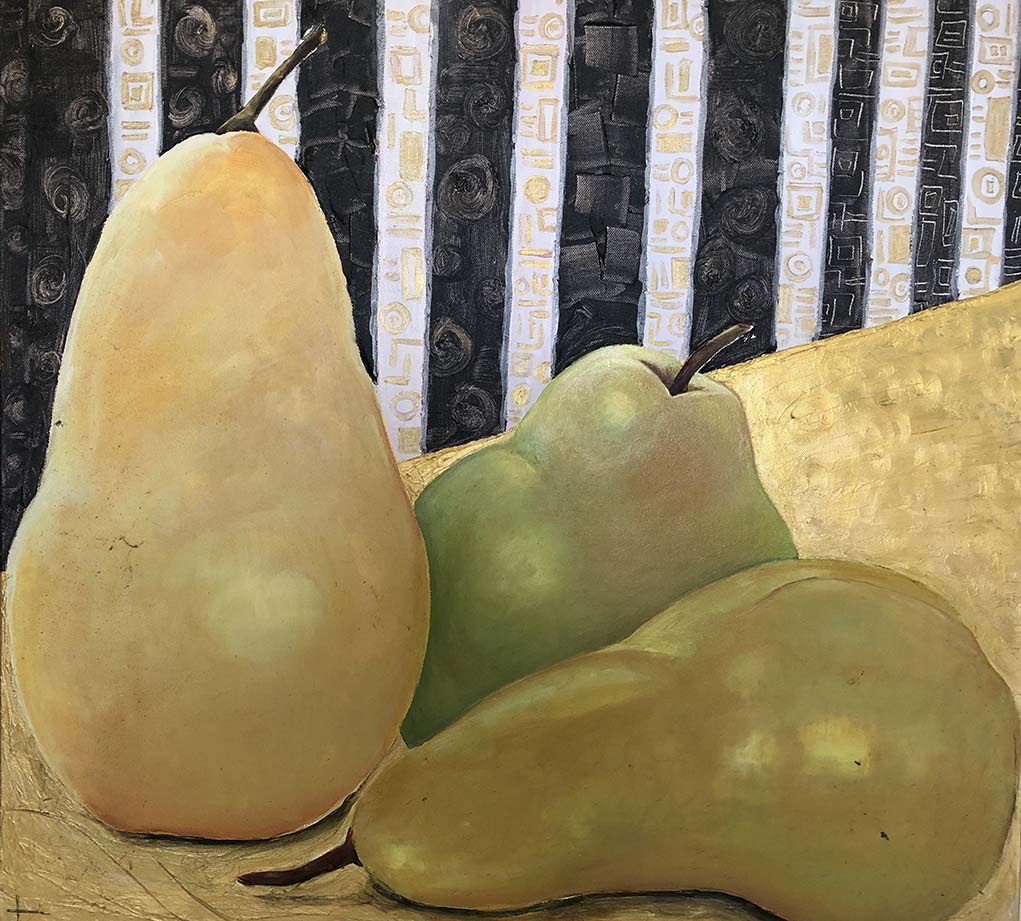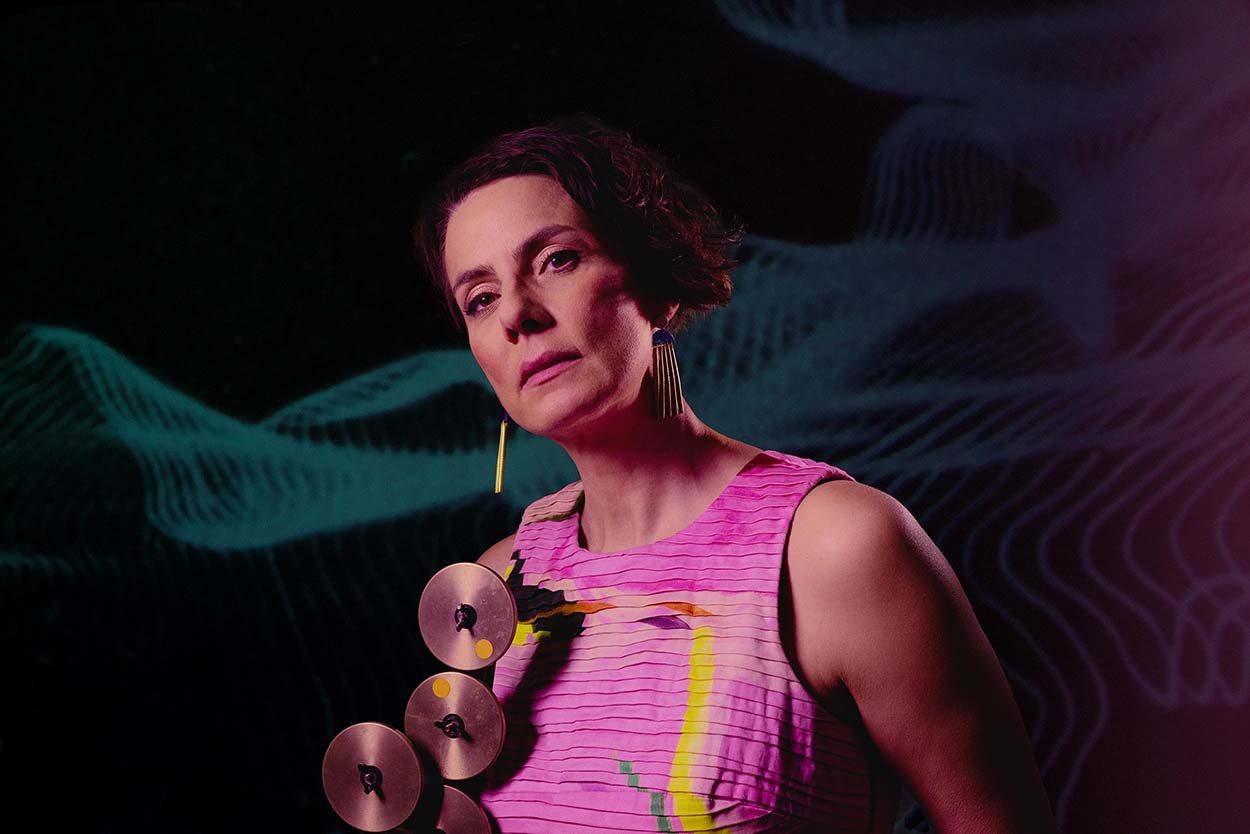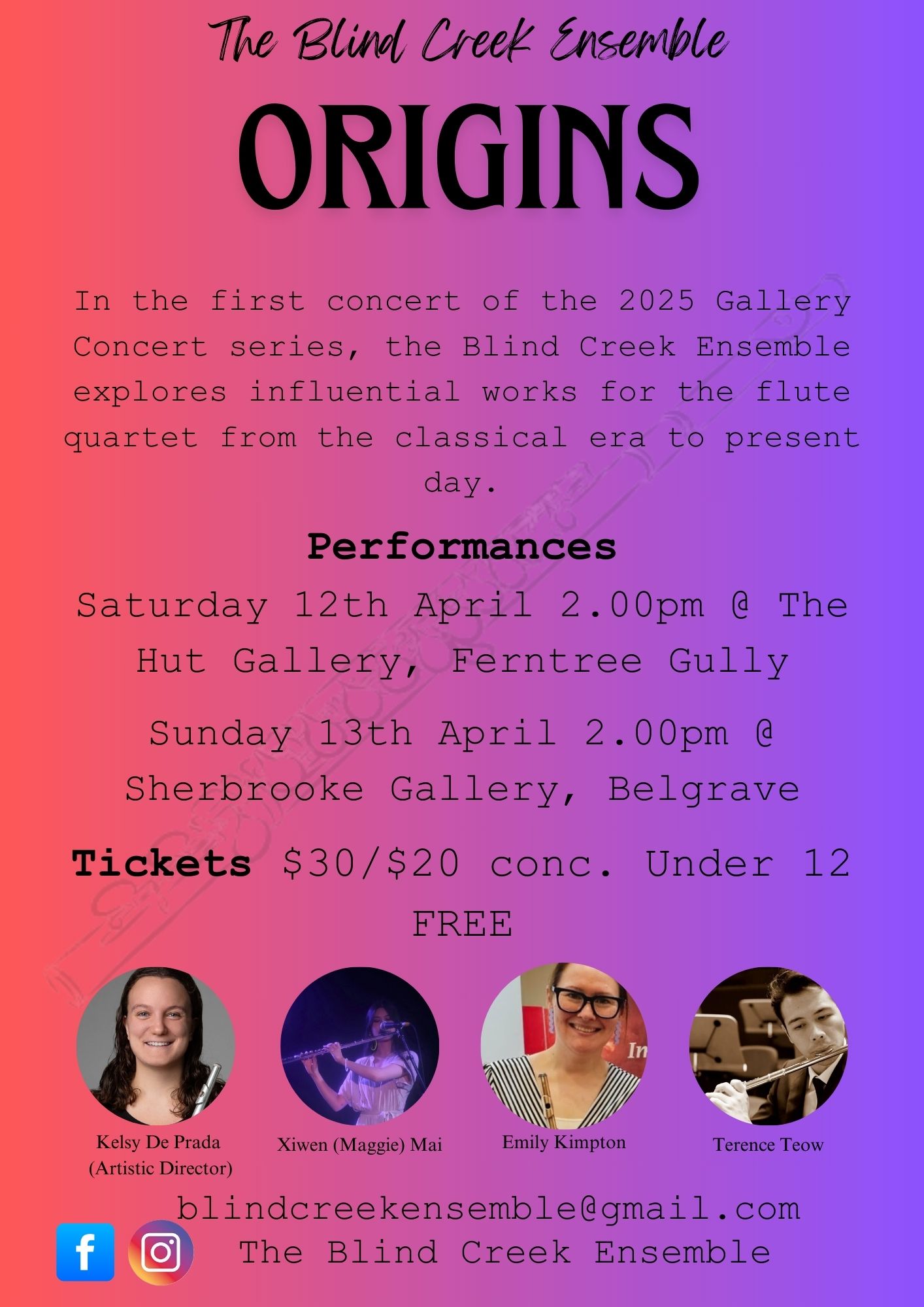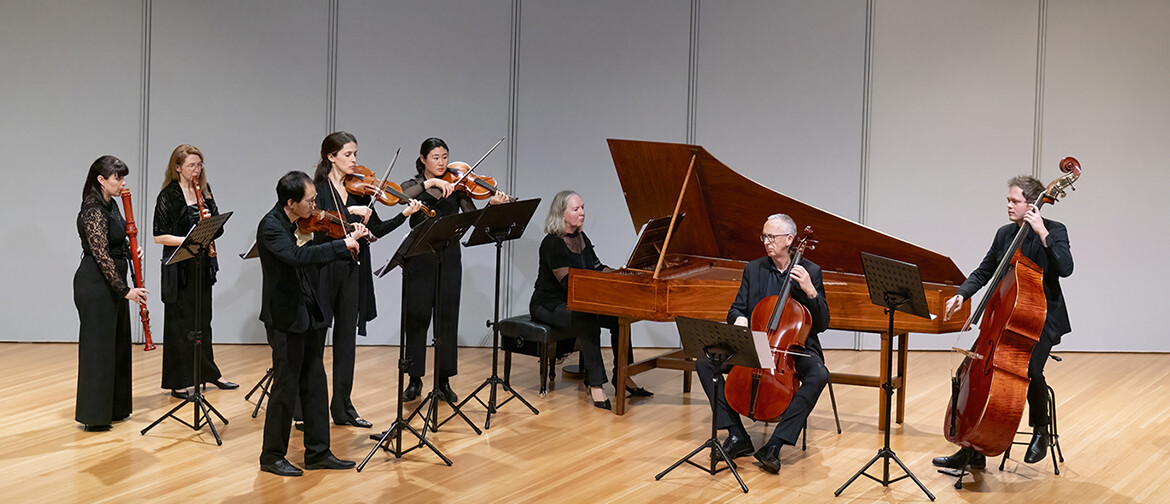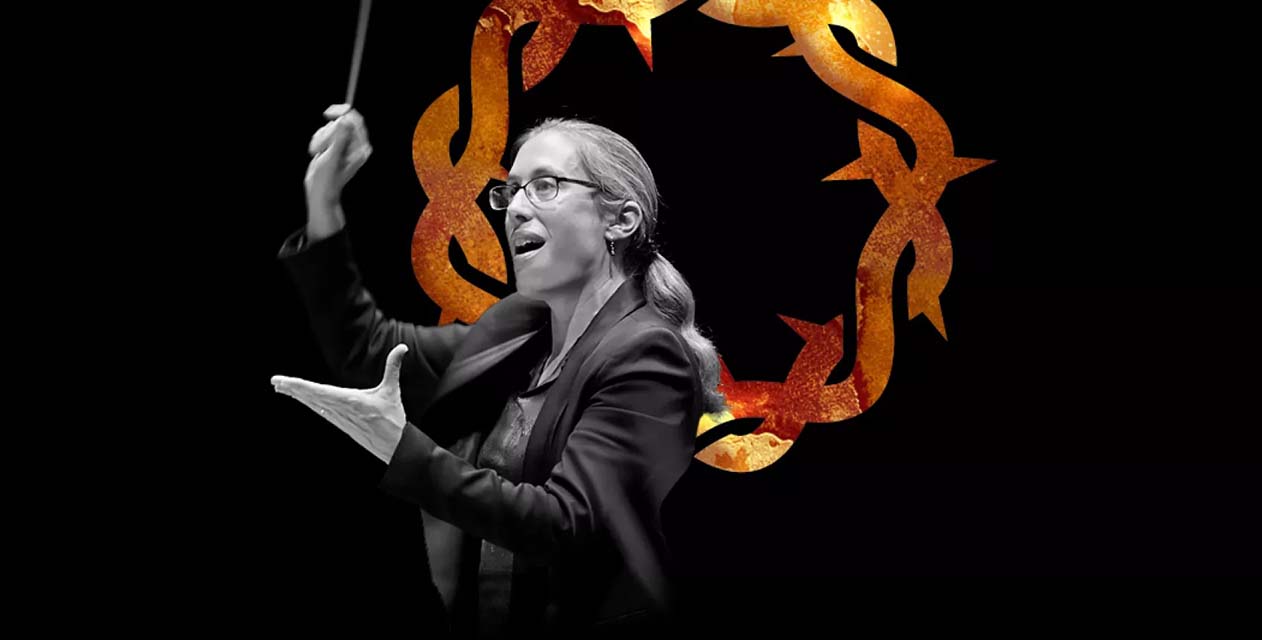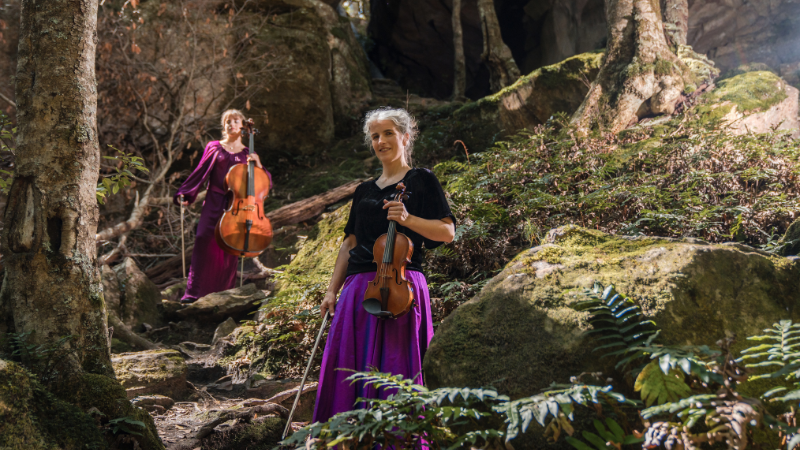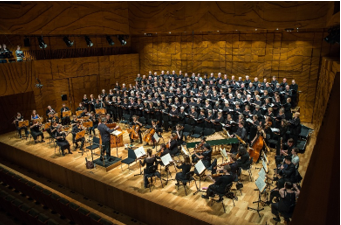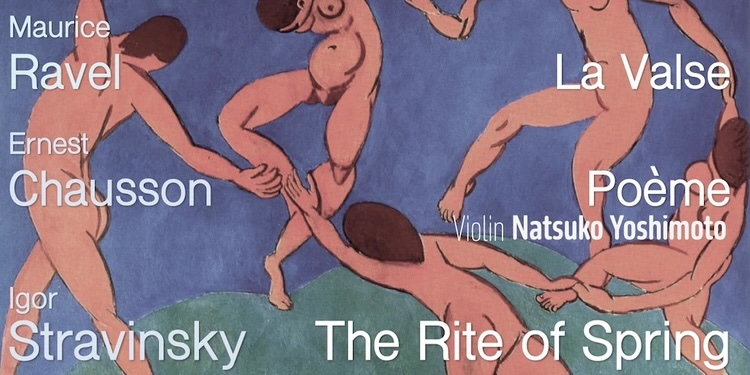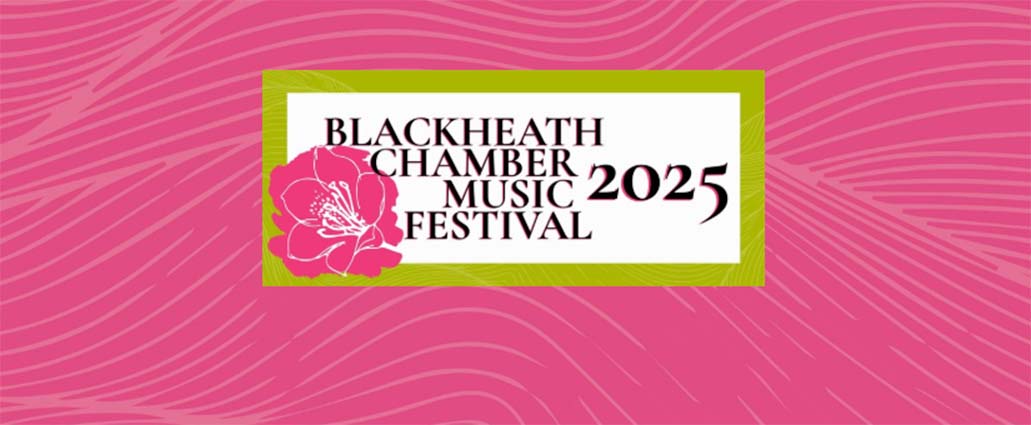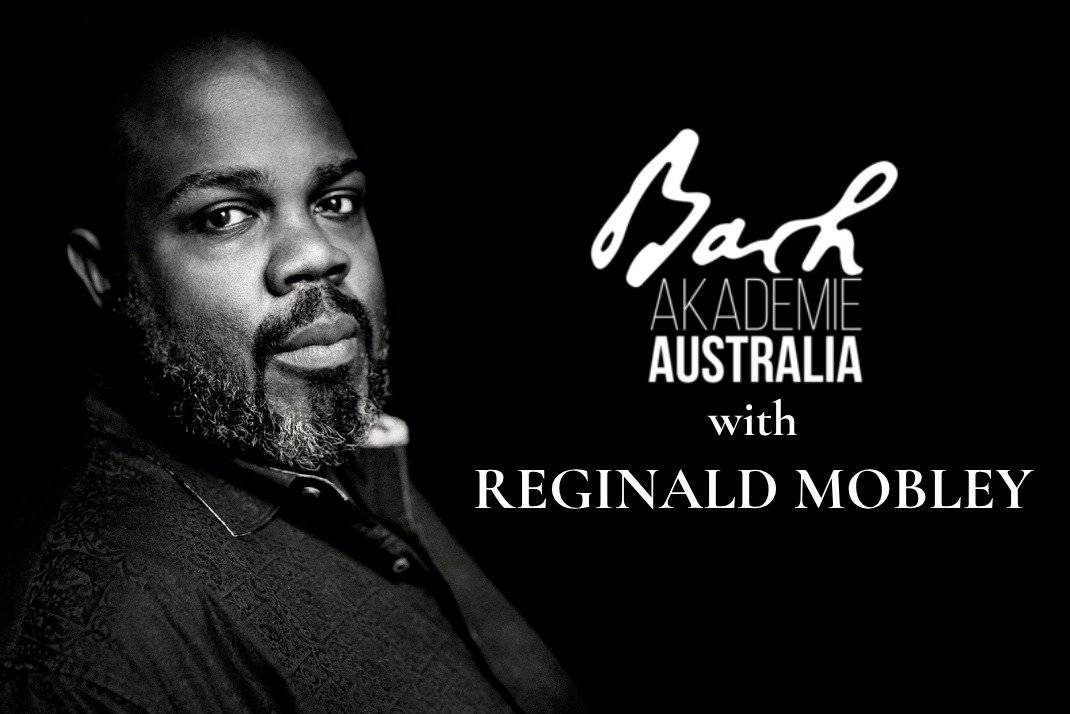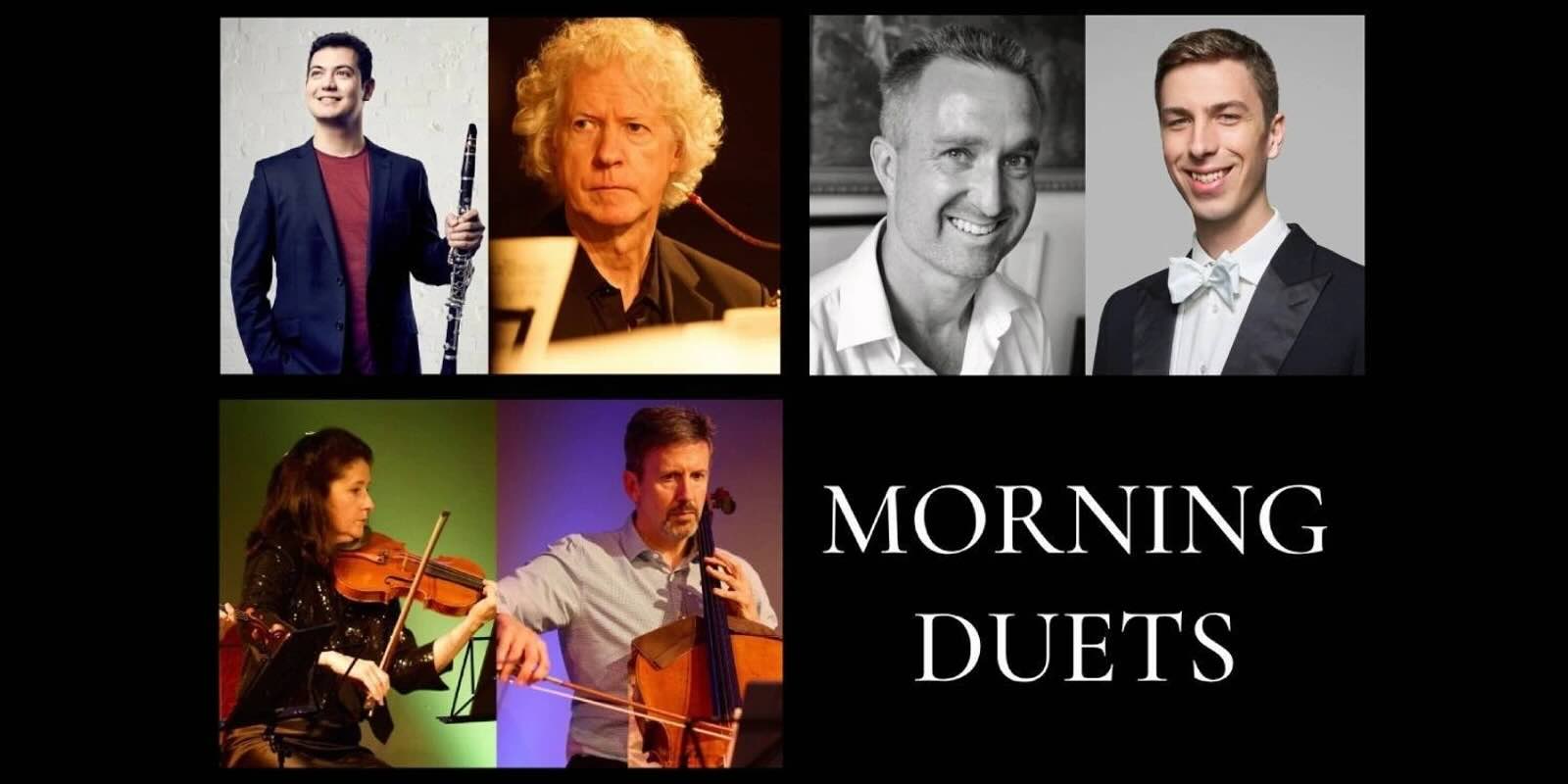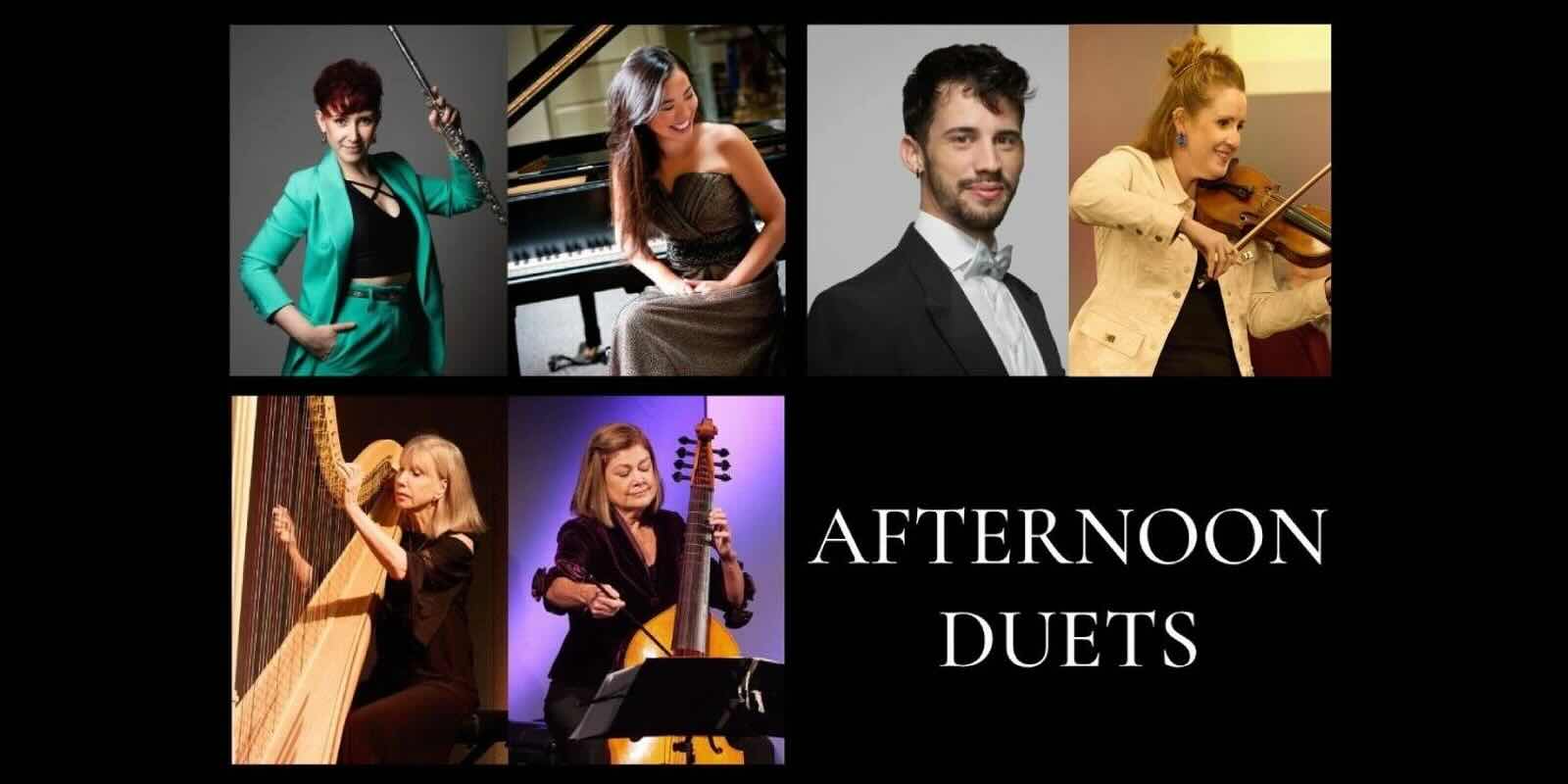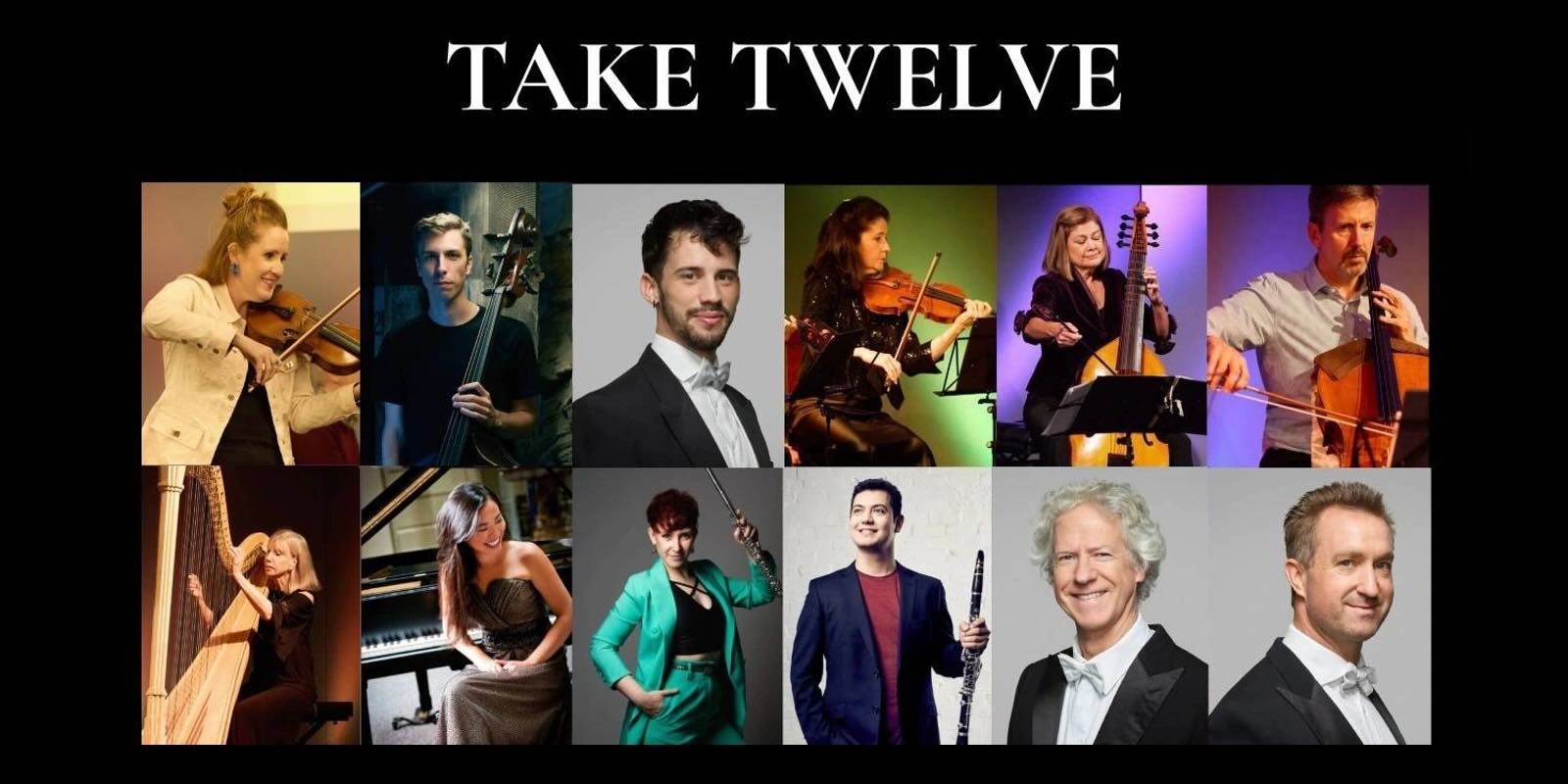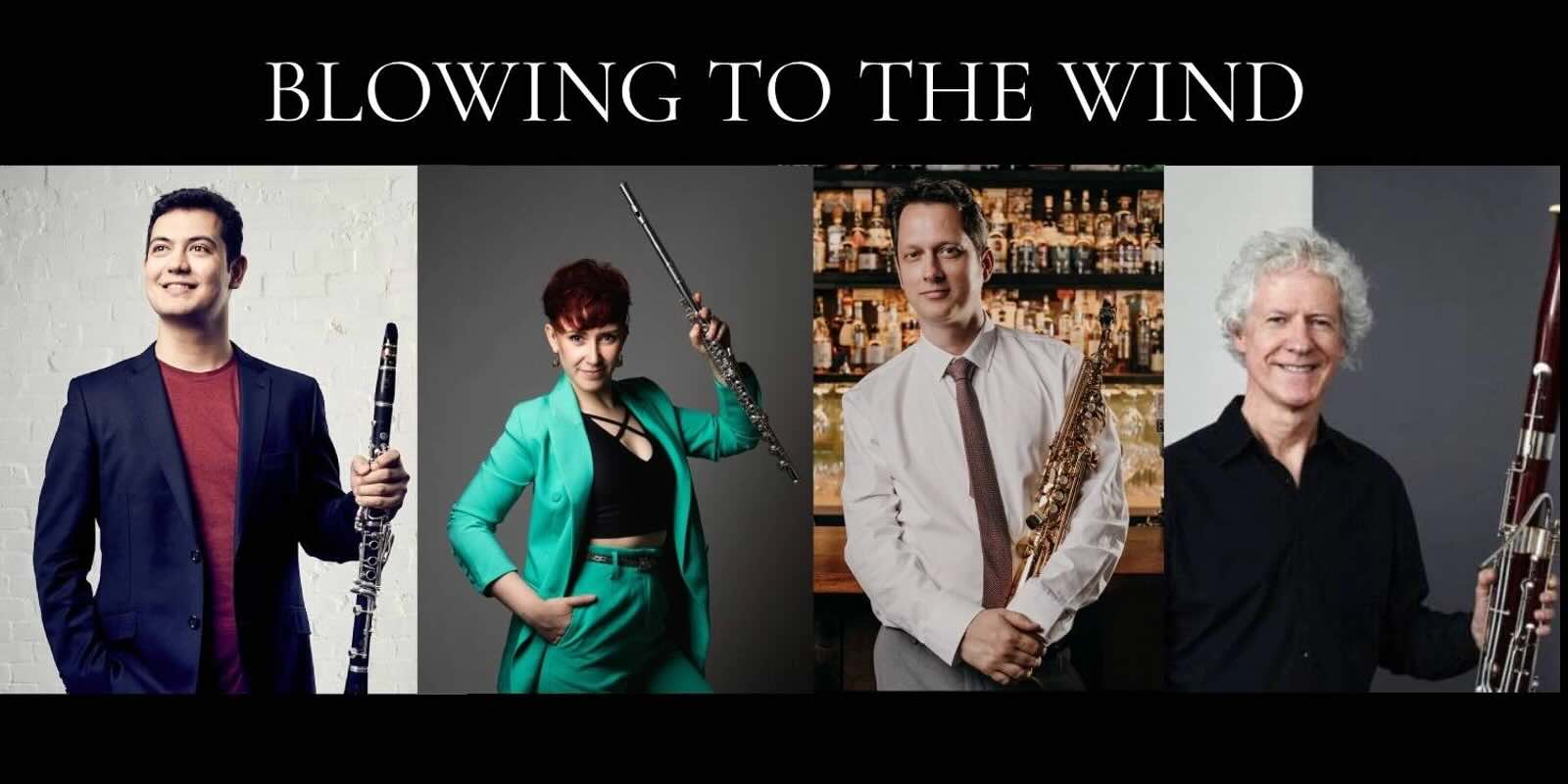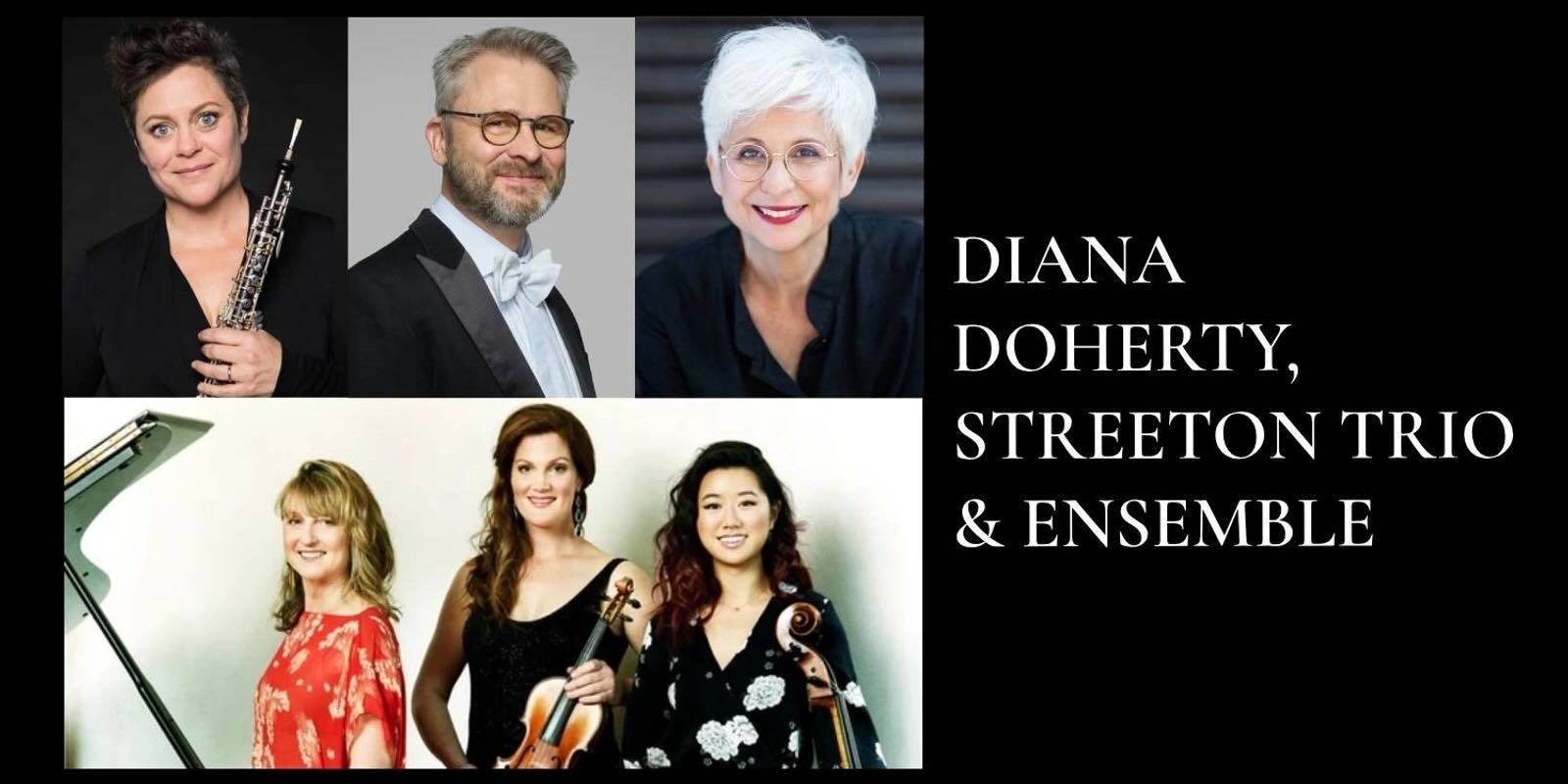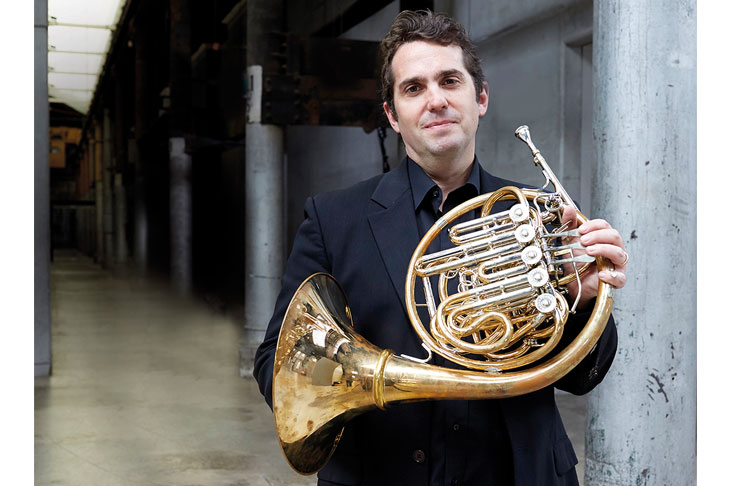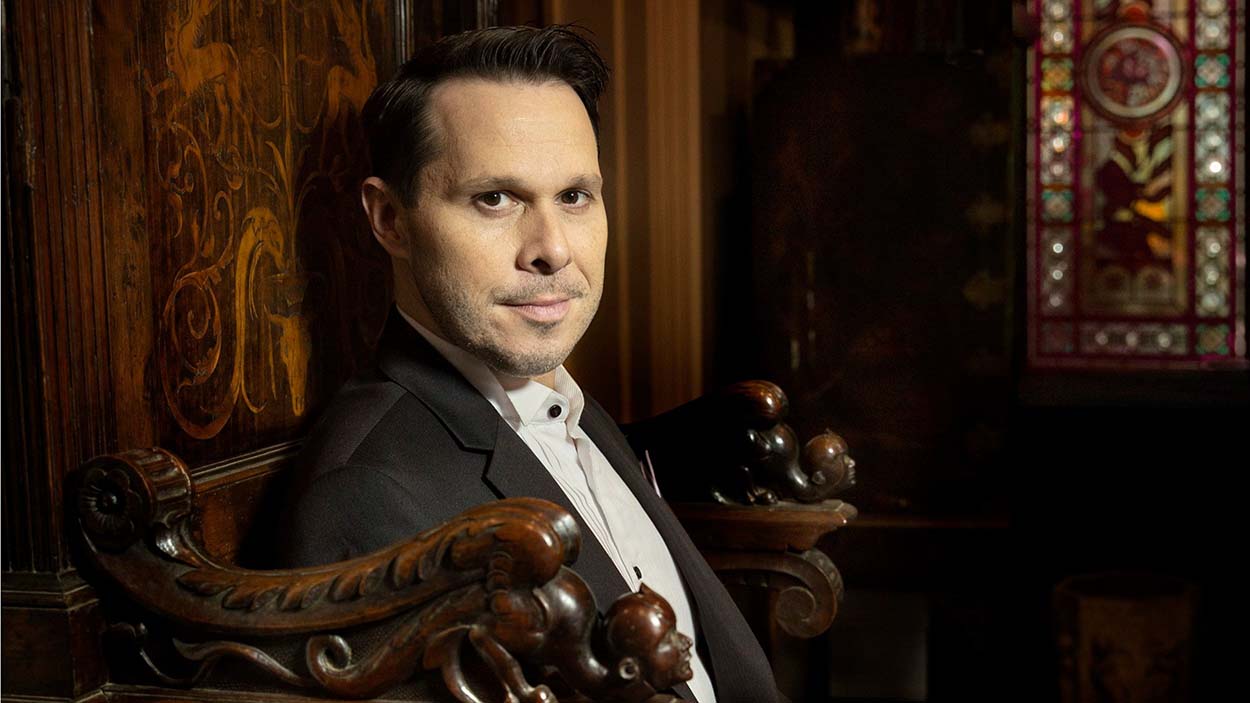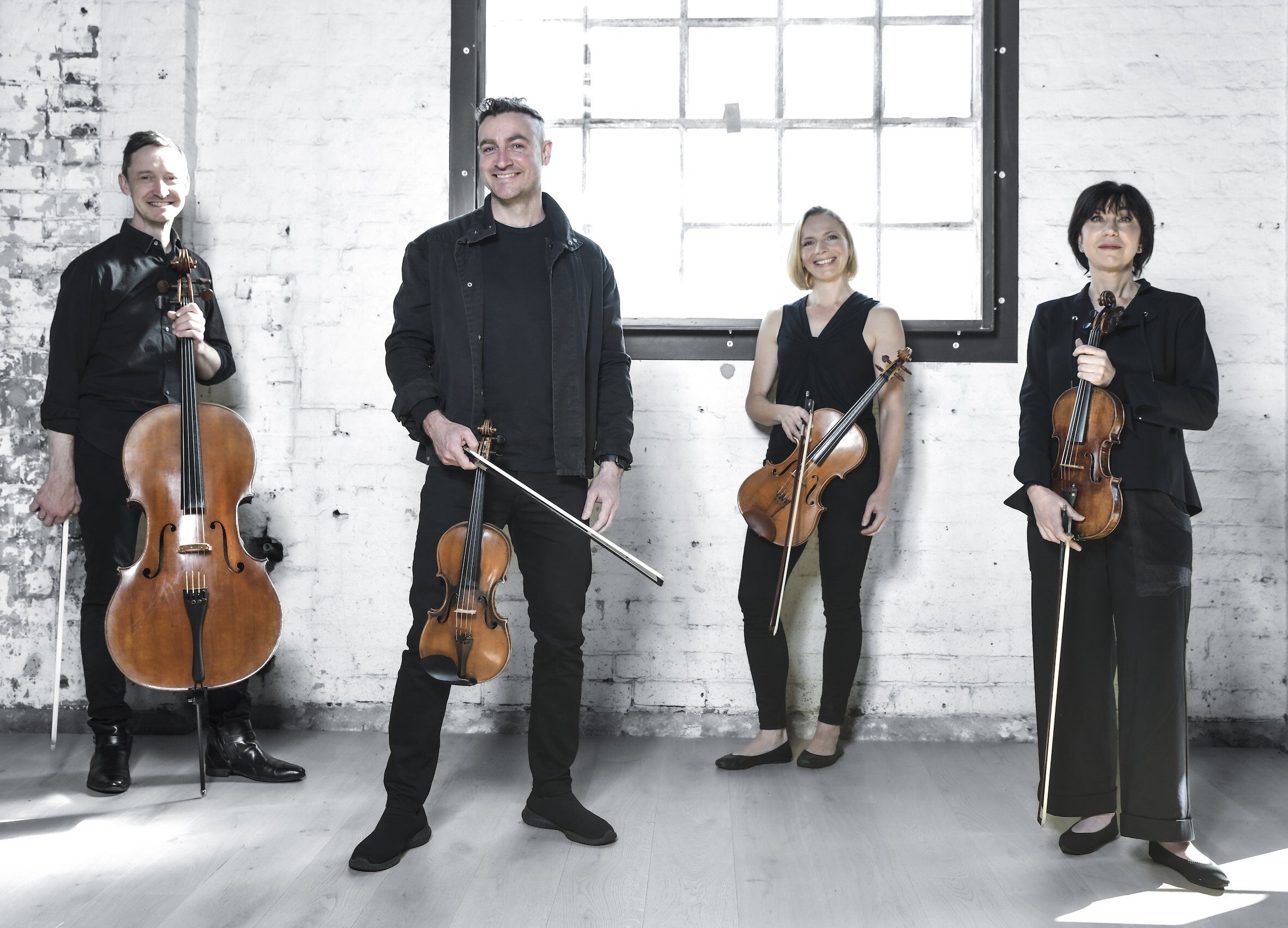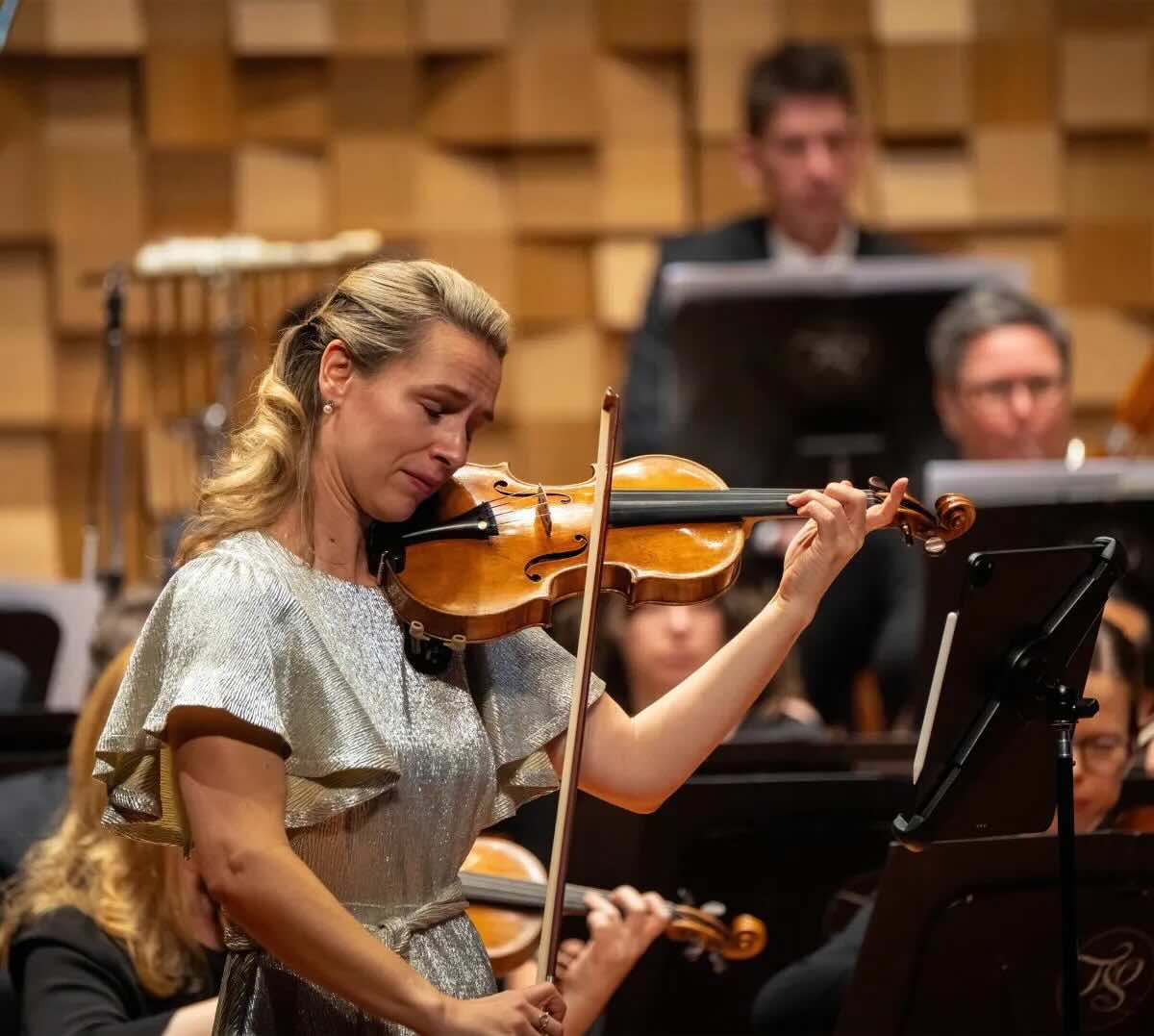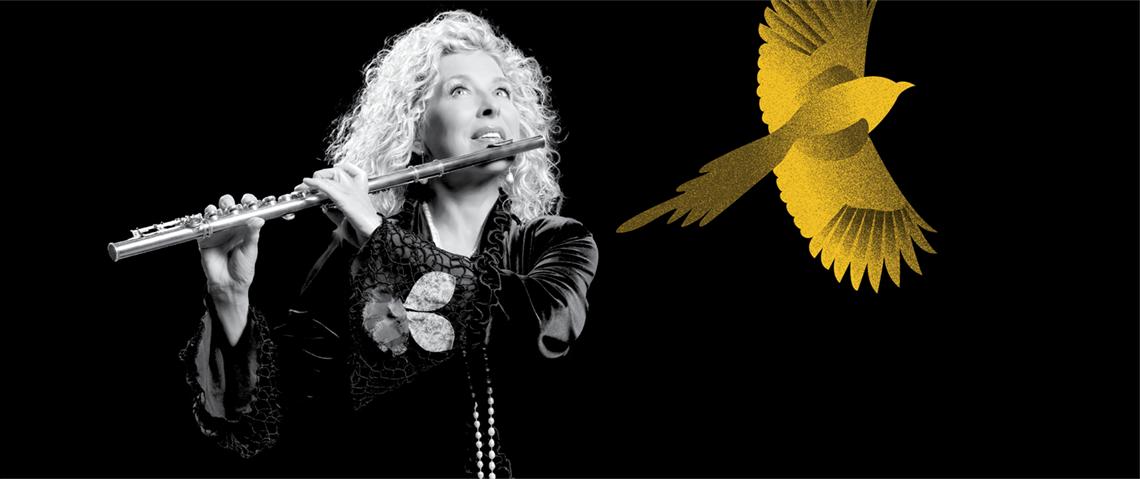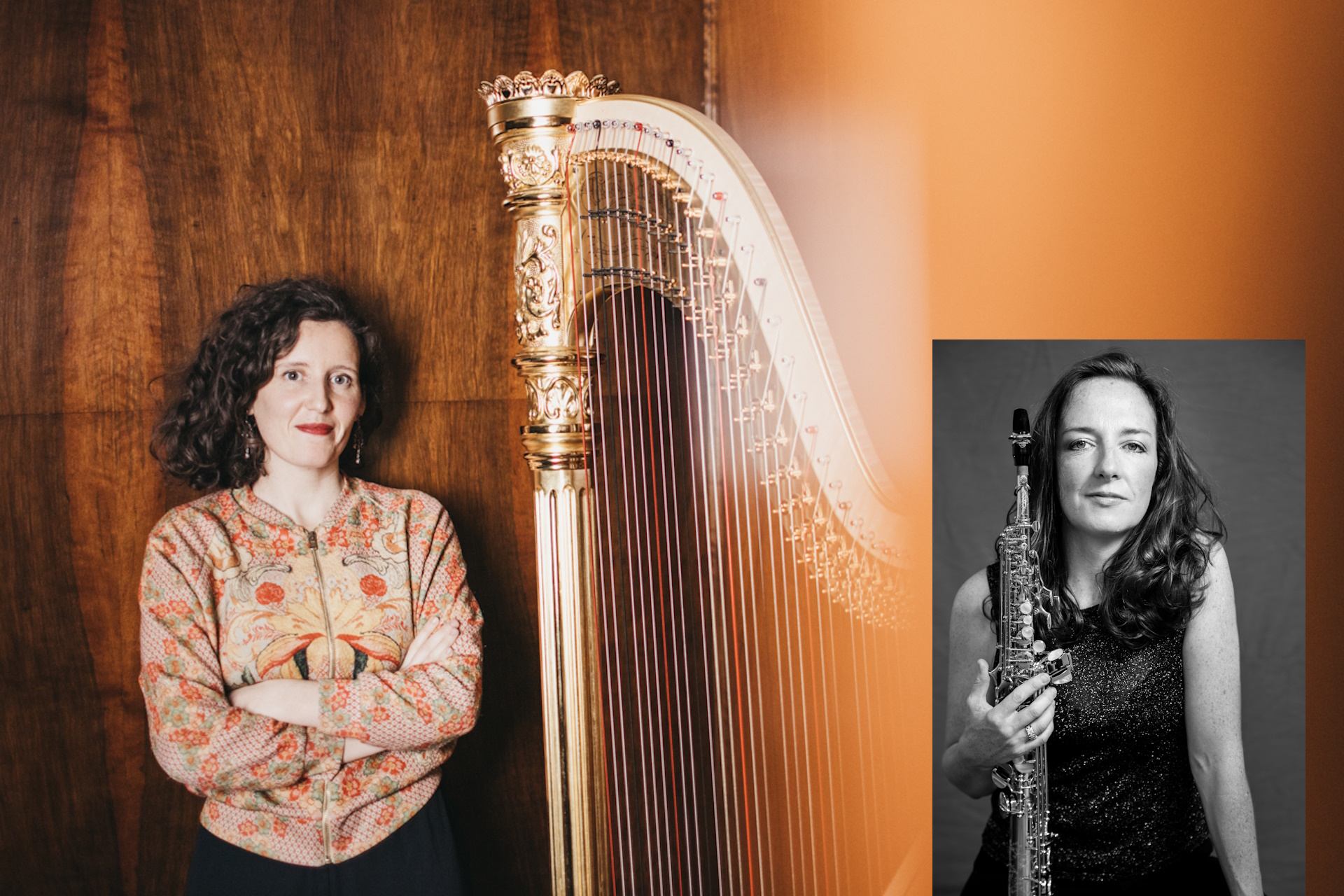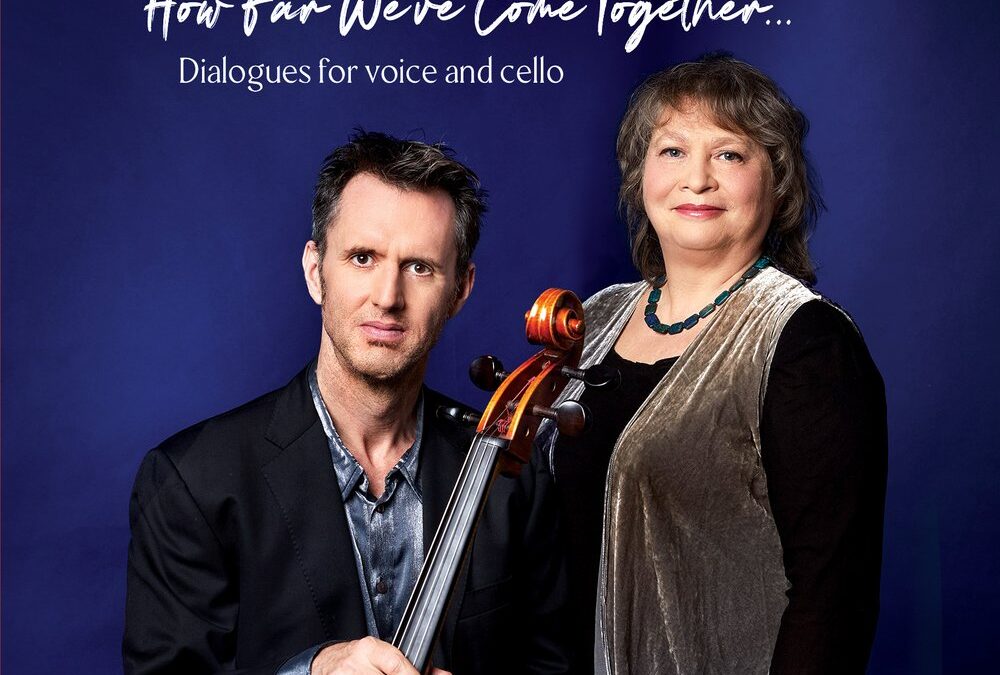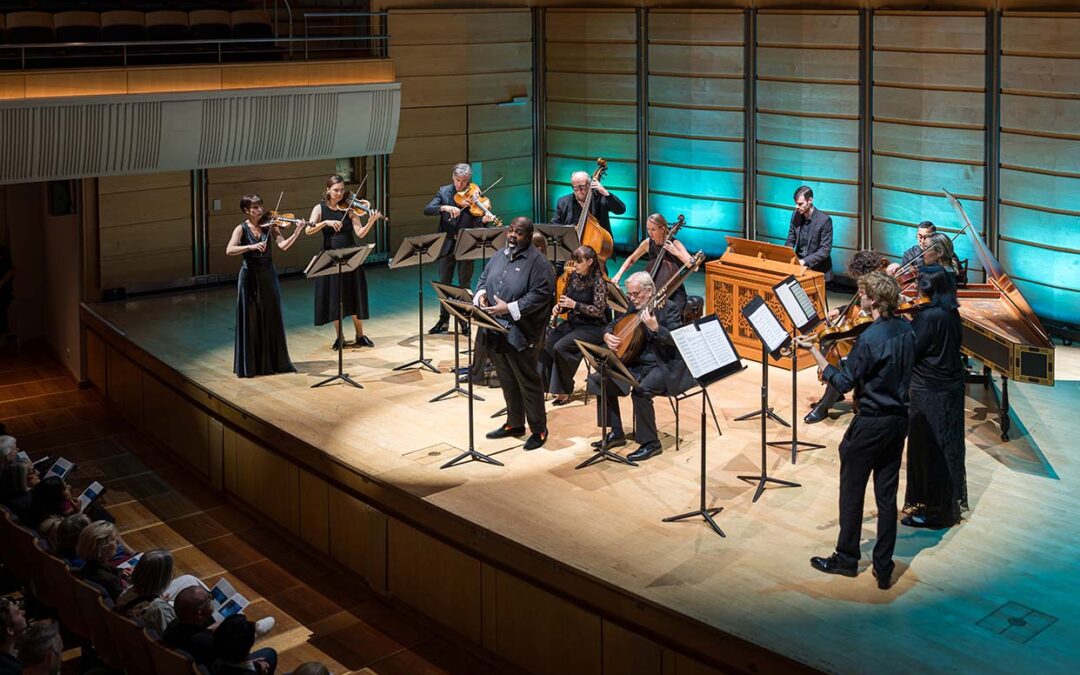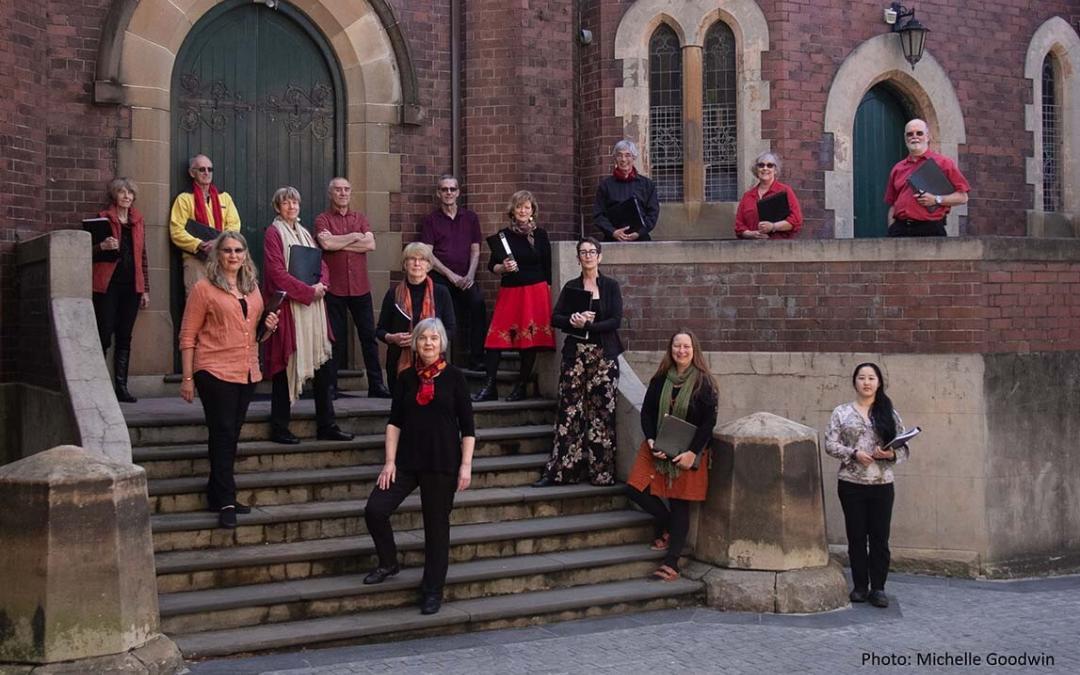Sydney Festival: Temperament series | Benjamin Skepper: Praeludium y Fuga remixed
27 January, 2024, The Neilson, Pier 2/3, Walsh Bay
The Sydney festival is presenting an interesting series of seven concerts, broadly based around the music of JS Bach. In this, the sixth of these concerts, the Melbourne-born classically trained pianist/cellist Benjamin Skepper presented a performance on piano, electric cello and premixed recordings.
Encore notwithstanding, Skepper’s composition “Praeludium y Fuga” made up the whole concert. The inspiration for this work is clearly based on Bach’s 48 Preludes and Fugues, each book of 24 with one in each major and minor key. Bach wrote many others too, not to mention a great number for pipe organ.
This work like Skepper’s others, is highly experimental and combines a mixture of live performance with complex prerecorded mixed sounds. Characteristic of the work is multi-layered sound with a sense of immersive ambiance, laden with heavy electronic effects.
The “Praeludium” was relatively short and in line with Bach’s form; it is usually an intro to the rather more substantial and complex fugue. Skepper’s prelude started on an acoustic piano, with plucked strings and then a triadic passage, rather simple and very tonal, over the ever-present electronic background.
He then took up the electric cello which he played for the entire fugue. He explained that this Yamaha instrument was designed for Japanese players, were it is not socially acceptable in apartments to make as much noise as an acoustic cello produces, and this instrument can be played by plugging a headphone into the jack at the back. For his purposes however it enables him to plug it into an electronic effects board to vastly increase and modify its expressive range.
The fugue in Bach’s hands is inherently a “polyphonic” or “contrapuntal” work which starts with a single melody (the subject), and as it continues a second “voice” comes in with the same melody but at a different pitch. This continues with 3, 4 or even 5 or 6 voices all based on the same thematic material, all interweaving. Sometimes these parts are all played on a single instrument, perhaps a harpsichord (as with the 48), organ, or by double, triple and quadruple stopping on a stringed instrument. Sometimes each voice is played by a different instrument, as in Bach’s “The Art of Fugue”.
However this is not how Skepper has approached his “Fuga”. The cello only ever plays a single melodic line, although for some of the sound effects he did use all strings at once. The contrapuntal aspect of the work comes from the cello’s interplay with recorded effects and musical elements and these with each other. Mainly three types of sounds were employed: industrial, sounds of nature and spiritual such as drums, bells and religious chants. He recorded these (with the performers’ permission) over many years in his international travels and assembled them into their fugal web.
A temptation with electronic based music is to crank it up to increase the visceral effect. This can be done to cover for other inadequacies that the music might have in its ability to hold the interest of the listeners. Skepper kept his dynamics to well within the comfortable range, understanding full-well that the score contained ample sonic interest to hold the audience’s attention. The sound was pervasive and there was never a repose of silence. But one got the sense that decisions were made for aesthetic and semantic reasons, rather than cheap tricks. Yes, there was considerable showmanship in the performance; in his costume and the lighting but this was always in the service of the musical work.
Unlike the other concerts in this “Temperament” series, there was no outright Bach music in this concert. However, the borrowed prelude and fugue form lent itself well to Skepper’s objectives. The overall effect was both mesmerising and profound. A very interesting and engaging performance by a sincere and thoughtful musician.
Photo Credit: JESSICA HROMAS



